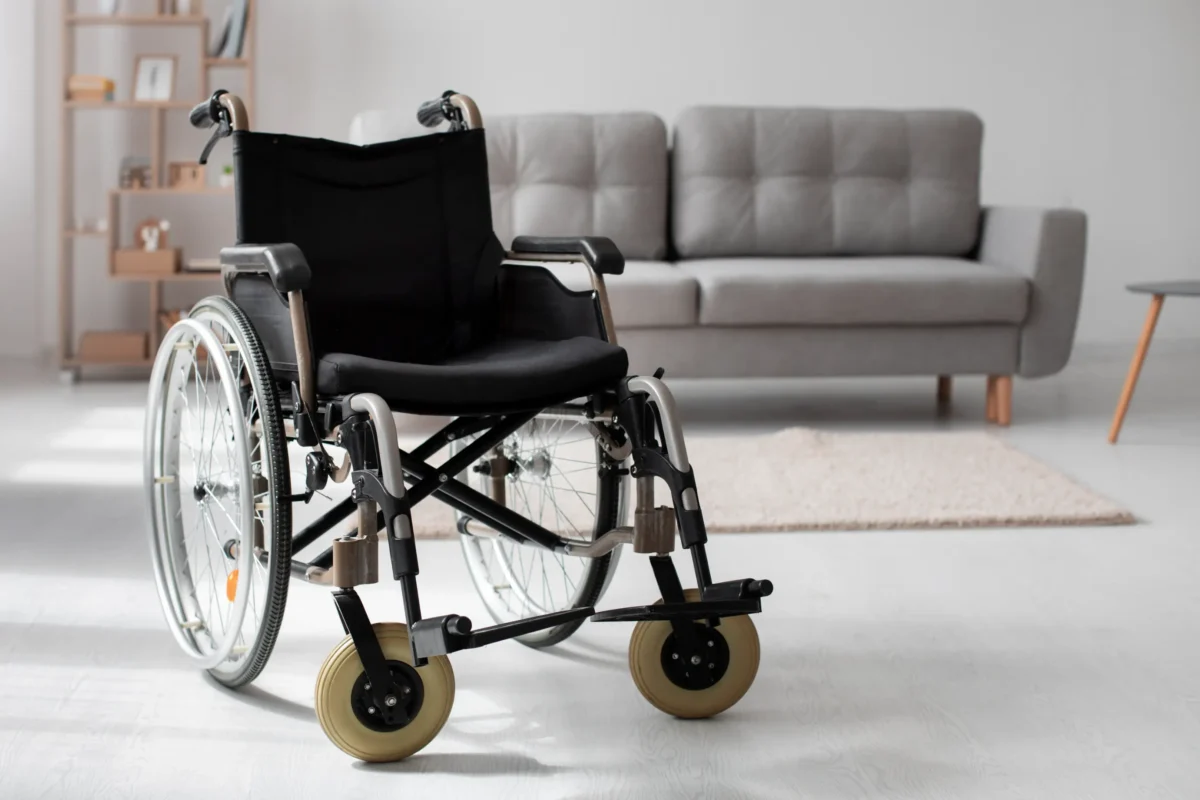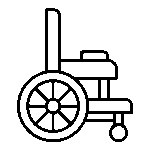Blog
Blogs
The Essential Guide to Choosing the Right Wheelchair for Independence in Later Life
- Posted by admin
- On

When faced with reduced mobility, the right wheelchair can be the difference between isolation and independence. Choosing between a manual and an electric model is a major decision that requires a thorough assessment of the user’s current and future needs, particularly in the Bangladeshi context of diverse terrain and transport challenges.
Manual vs. Electric: The Core Decision
Manual Wheelchairs are lightweight, more affordable (ranging from ৳ 7,500 to ৳ 25,000 for standard models), and highly portable, making them ideal for occasional use, short transfers, and travel. They are best suited for users who retain strong upper body strength for self-propulsion or for those who have a dedicated caregiver available 24/7. However, navigating uneven sidewalks or steep ramps in Dhaka can be physically exhausting for both the user and the assistant.
Electric (Power) Wheelchairs, despite a higher initial cost (৳ 80,000+), provide superior independence. They are essential for users with limited strength, chronic fatigue, or long-distance mobility requirements. Modern electric chairs, often supplied by companies like Sermax Mobility Ltd., feature intuitive joystick controls, powerful motors, and durable batteries capable of covering significant range (up to 15-20 km per charge). This effortless operation allows the user to engage fully in their social and professional life without relying on others.
Key Factors for Optimal Comfort and Safety
The wrong fit leads directly to health complications. Before purchasing, verify these critical measurements and features:
- Seat Dimensions: The seat width must allow one inch of clearance on each side of the hips to prevent skin shearing and pressure points. Depth must be adequate to support the thighs without hitting the back of the knees.
- Ergonomics and Posture: For users spending over four hours daily in the chair, opt for models with adjustable backrests and cushioned, breathable seating materials. Proper back support prevents postural deterioration and chronic pain.
- Transport and Living Environment: If the chair needs to be carried in a car, prioritize lightweight or foldable electric models. Always measure your home’s narrowest doorway; this dimension dictates the maximum width of your chosen chair to ensure seamless indoor navigation. Look for features like flip-up armrests and detachable footrests to facilitate safer transfers between the bed and the chair.
Choosing an electric wheelchair should not feel like a compromise on lifestyle. By prioritizing portability, reliable battery life, and ergonomic fit, you ensure the user gains true freedom and comfort.
























